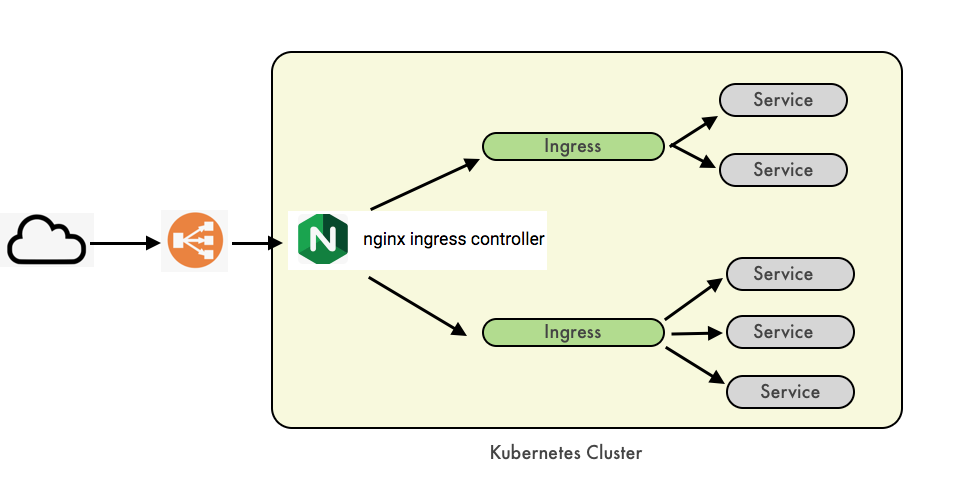
We will deploy all the Nginx controller objects in the ingress-nginx namespace. Now let’s get started by creating Kubernetes objects for the ingress controller.

Kubernetes API then sends the ingress object to the validation admission controller service endpoint based on admission webhook endpoints.When you deploy a ingress YAML, the Validation admission intercepts the request.Here is how admission controllers work for Nginx. With the admission controller in place, we can ensure that the ingress object we create has configurations and doesn’t break routing rules. However, it breaks all the ingress rules associated with the ingress controller. We can deploy ingress objects with the wrong configuration without an admission controller.

DOCKER DESKTOP INGRESS CODE
In this case, the Admission Controller code is part of the Nginx controller which listens on port 8443. In this case, it’s an admission controller to validate the ingress objects.
DOCKER DESKTOP INGRESS UPDATE
Kubernetes Admission Controller is a small piece of code to validate or update Kubernetes objects before creating them. Need for Admission Controller & Validating Webhook However, I highly suggest you go through every manifest and understand what you are deploying. Note: You can create all the manifests yourself or use the Github repo.

Service account/Roles/ClusterRoles for Nginx admission controller.We need to deploy the following objects to have a working Nginx controller. Deploy Nginx Ingress Controller With Manifests Once you know how it works, you can use a single manifest or a helm chart to deploy it. Note: If you want to understand all the Nginx ingress controllers objects and how they relate to each other, I suggest you create objects individually from the repo. Once we have the understanding, we will deploy it using the Helm chart.Īlso, here is the one-liner to deploy all the objects. git clone įirst, we will understand all the associated Kubernetes objects by deploying Nginx controllers using YAML manifests. These manifests are taken from the official Nginx community repo. user $ACCOUNT Nginx Ingress Controller Kubernetes ManifestsĪll the kubernetes manifests used in this tutorial are hosted on the Github repository. Kubectl create clusterrolebinding owner-cluster-admin-binding \ ACCOUNT=$(gcloud info -format='value(config.account)') If you are on google cloud, assign admin permissions to your account to enable cluster roles. A valid domain to point to ingress controller Load Balancer IP.kubectl utility installed and authenticated to kubernetes cluster.( Note: Click the image to view in high resolution) Prerequisites In this guide, we will learn by building the setup in the architecture. Here is a high-level architecture of Kubernetes ingress using the Nginx ingress controller. Note: For the next few days, you can get 22% discount on CKA, CKAD, CKS, KCNA certifications usiing code DCUBE22 at kube.promo/latest Ingress & Nginx Ingress controller Architecture We will be using the kubernetes community Nginx controller.



 0 kommentar(er)
0 kommentar(er)
